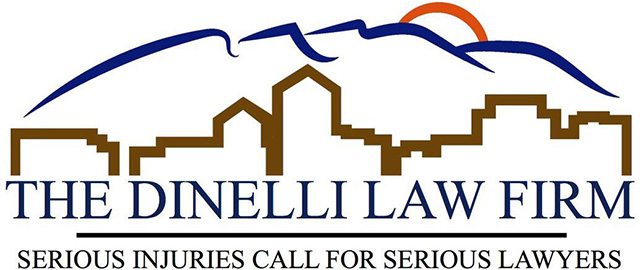46,786—according to the New Mexico Department of Transportation’s 2018 Traffic Crash Annual Report, that’s the number of reported traffic crashes on New Mexico public roadways in 2018; averaging to about 128 crashes each day. Of those, 19,790 were injured and 392 were killed. Additionally, 19,641 of those crashes occured in Bernalillo County, one of the counties with one of the highest number of total crashes and the county for highest number of alcohol-involved crashes.
Facts and numbers don’t lie; New Mexico roadways can be dangerous, and each time you get behind the wheel, you’re at risk for being involved in an accident.
There are, however, several things drivers can do to stay safe on the road, like following tips to drive smarter or choosing to not drive distracted, but perhaps one of the best things a driver can do is choose a safe vehicle!
5 Things to Look for in a New Vehicle
When it comes to vehicles, safe is a broad term that encompasses many different aspects. While we’ve discussed tech features that support safe driving, below we’ll explain what makes the overall design and construction of a vehicle safe:
- Crashworthiness
Used by the Insurance Institute of Highway Safety (IIHS) to rate how well a vehicle protects its passengers in a crash, crashworthiness accounts for the safety of a vehicle in a front, side, and rear crash. The IIHS simulates and conducts a multitude of crash tests, rating the vehicles safety performance as Good, Acceptable, Marginal, or Poor. The IIHS’s ratings for vehicles can be found on their website.
- Rollover Resistance
Some vehicles, like SUVs, are taller, meaning they’re more top heavy and at a greater risk for rolling over in certain situations. The National Highway Traffic and Safety Administration (NHTSA) has developed a five-star rating system referred to as the Rollover Resistance Rating. NHTSA’s ratings for vehicles can be found on their website.
- Vehicle Size & Weight
The size of a vehicle has both its pros and cons; larger vehicles, such as SUVs or trucks, are larger and heavier, which will probably keep you safer and its exterior less damaged if involved in a crash. However, larger and heavier vehicles are also more difficult to control and maneuver. Do your research and discuss with your salesman to determine what size and weight will fit your needs.
- Safety Belts & Air Bags
Safety belts and airbags are typically standard on all new vehicles, but it’s important to double check their efficiency and consistency. Safety belts are most effective when they’re the three-point lap-and-shoulder belts, however many center-rear seats only have a lap belt. While front airbags are required by law, vehicles differ in how many they have and where they’re located. It’s important to check both of these features and ensure they meet only the highest standards.
- Brand
Vehicle manufacturer brands have developed reputations, many of them highlighting safety. Take the time and effort to do your research, assessing various ratings and features and how well they scored according to the various national institutes and administrations. According to U.S. News, these are the 14 Safest Car Brands of 2020.
Of course, even the smartest drivers in the safest cars can still be involved in serious accidents and suffer serious or deadly injuries. To those who have been a victim of a car crash, The Dinelli Law Firm wants you to know that we’re here for you! From constructing your case to fighting for you in court, trust us to provide the representation you need!
Just call us at (505) 582-2157 for Albuquerque’s best car accident lawyers!
